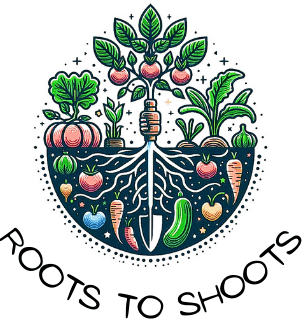Unlock the secrets of cooking with fresh herbs! Learn when to add basil, thyme, parsley, and more for vibrant flavours. Expert tips and timing techniques await
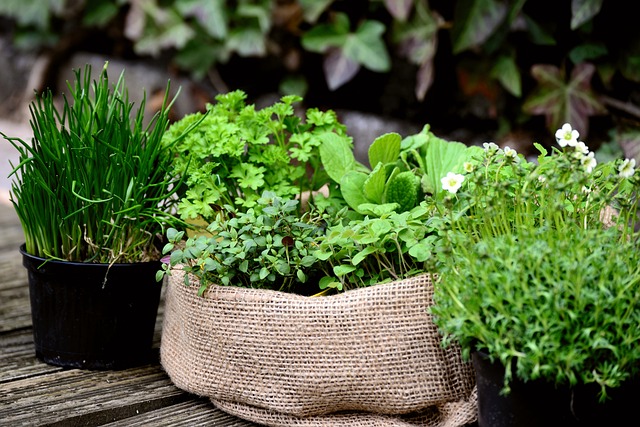
Hey there, I’m Mitch, and if there’s one aspect of cooking that never fails to amaze me, it’s the transformative power of fresh herbs. From the delicate aroma of basil to the earthy depth of thyme, these vibrant ingredients have a knack for turning ordinary dishes into extraordinary culinary experiences. Join me on a journey as we uncover the secrets of timing and technique, learning how to harness the full potential of herbs like parsley, cilantro, and mint. Whether you’re a seasoned chef or just starting out in the kitchen, get ready to elevate your cooking game and tantalize your taste buds with a symphony of flavours. Let’s dive in and add some fresh herbs to cooking.
Check out my other posts about herbs here
- What Is The Best Herbal Tea For Sleep
- Natural Herbs For Anxiety
- Herbs Spices List
- Herb Garden Plans For Beginners
- Growing Medicinal Herb Garden
A bit of History

Let’s step back in time and delve into the captivating history of cooking with fresh herbs. Across the ages, from the dawn of civilization to the present day, herbs have held a revered place in culinary traditions worldwide. In ancient civilizations like Egypt and Mesopotamia, herbs were not only used for flavouring food but also esteemed for their medicinal properties. The Greeks and Romans further refined these culinary practices, incorporating herbs like basil, thyme, and rosemary into their cuisine and laying the groundwork for modern flavor profiles.
During the Middle Ages, monastic gardens became centers of herb cultivation, with monks meticulously tending to a variety of herbs for both culinary and medicinal purposes. The Renaissance saw a resurgence of interest in herbs, with elaborate herb gardens adorning the estates of nobility and herbals detailing the virtues of various botanicals.
As global exploration expanded horizons, herbs from distant lands found their way into European kitchens, enriching culinary traditions with exotic flavors. The spice trade brought herbs like cilantro, cumin, and coriander to European shores, leading to the fusion of diverse culinary influences.
Today, the use of fresh herbs continues to be a hallmark of culinary excellence, with chefs and home cooks alike embracing the vibrant flavours and aromas they impart. Whether it’s the delicate fragrance of parsley in a French bouquet garni or the bold punch of cilantro in a Latin American salsa, fresh herbs add depth and complexity to dishes across cultures.
10 of our favourite herbs to cook with
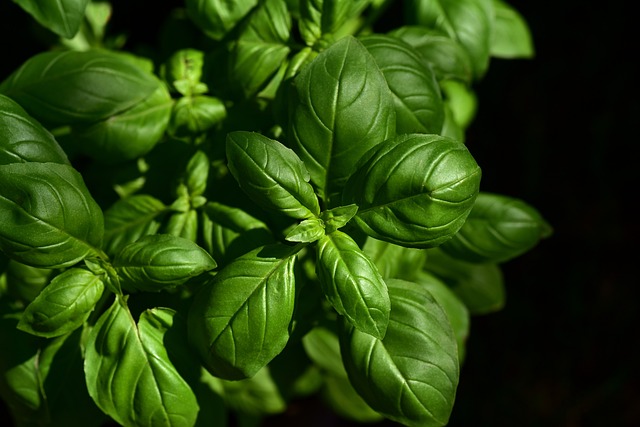
Basil: Basil is prized for its sweet, slightly peppery flavour and fresh aroma. It’s a key ingredient in Italian cuisine, especially in dishes like Caprese salad, pesto sauce, and tomato-based pasta sauces. Basil also pairs well with Mediterranean flavours and is often used in salads, soups, and grilled vegetables.
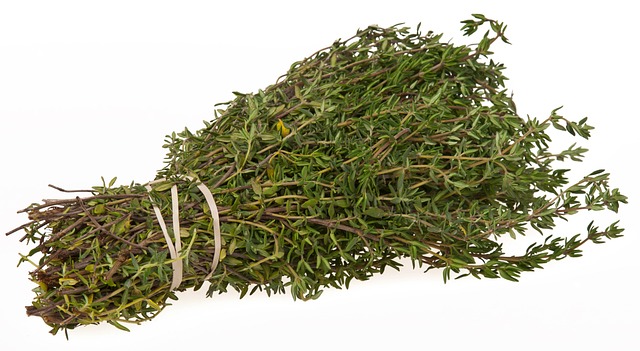
Thyme: Thyme has a warm, earthy flavour with hints of lemon and mint. It’s a staple herb in French cuisine, where it’s used in dishes like stews, roasted meats, and soups. Thyme also complements poultry, fish, and vegetables, adding depth and complexity to a wide range of dishes.

Rosemary: Rosemary has a robust, pine-like flavour with a hint of citrus. It’s commonly used in Mediterranean cooking, particularly with roasted meats like lamb, chicken, and pork. Rosemary also pairs well with potatoes, bread, and hearty vegetables like carrots and squash.
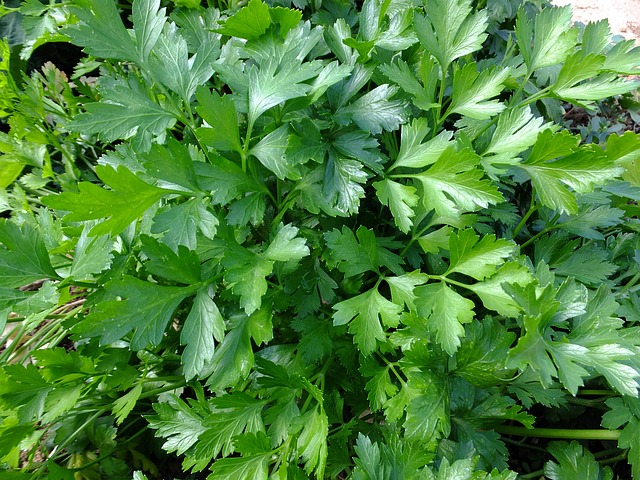
Parsley: Parsley has a fresh, bright flavour with a hint of bitterness. It’s a versatile herb used in cuisines around the world, adding a pop of colour and flavour to dishes. Flat-leaf parsley is preferred for cooking, while curly parsley is often used as a garnish. Parsley is commonly used in salads, sauces, soups, and as a finishing touch for grilled meats and seafood.
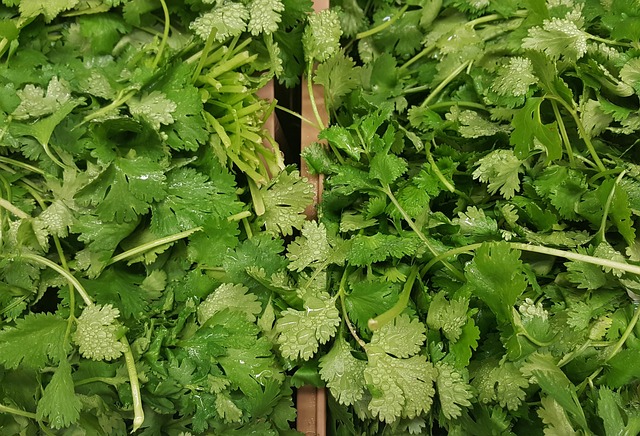
Cilantro (Coriander): Cilantro has a vibrant, citrusy flavour with a hint of spice. It’s a key ingredient in Mexican, Thai, and Indian cuisines, where it’s used in salsas, curries, and marinades. Cilantro adds freshness and brightness to dishes and is often paired with lime, chilli, and other bold flavours.
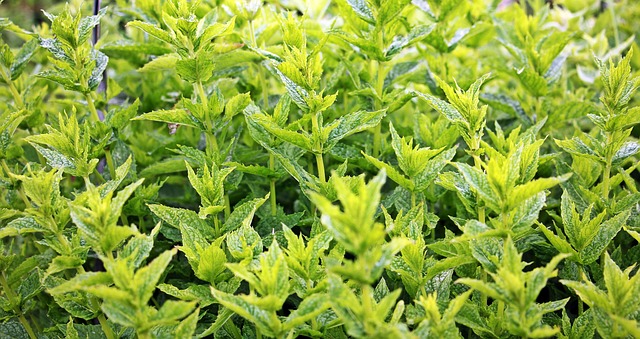
Mint: Mint has a cool, refreshing flavour with hints of citrus and pepper. It’s commonly used in Middle Eastern, Mediterranean, and South Asian cuisines, where it adds a burst of freshness to dishes. Mint is used in salads, teas, cocktails, and desserts, as well as in savoury dishes like lamb and pea soup.

Dill: Dill has a delicate, feathery texture and a mild, grassy flavour with hints of anise and citrus. It’s commonly used in Scandinavian, Russian, and Eastern European cuisines, where it’s used to flavour fish, pickles, salads, and sauces. Dill also pairs well with potatoes, eggs, and creamy dishes.
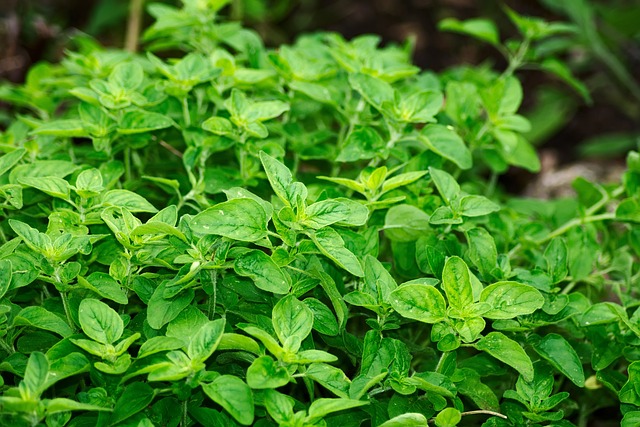
Oregano: Oregano has a robust, aromatic flavour with hints of citrus and pepper. It’s a staple herb in Mediterranean and Italian cuisines, where it’s used to flavour pizzas, pasta sauces, and grilled meats. Oregano also complements dishes like roasted vegetables, soups, and marinades.
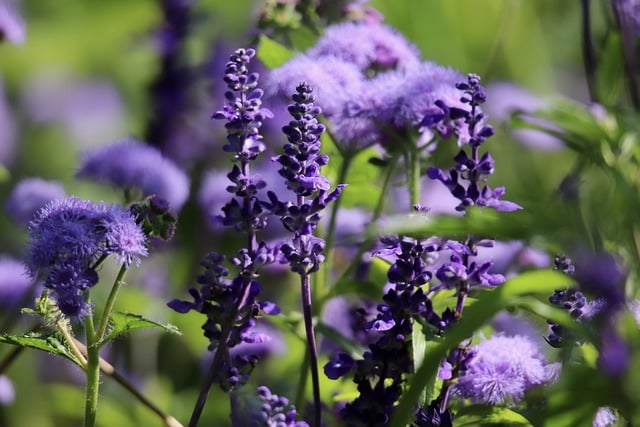
Sage: Sage has a warm, slightly bitter flavour with hints of eucalyptus and citrus. It’s commonly used in Italian, French, and British cuisines, where it’s used to flavour meats, stuffing, and sauces. Sage pairs well with poultry, pork, and creamy dishes like risotto and pasta.
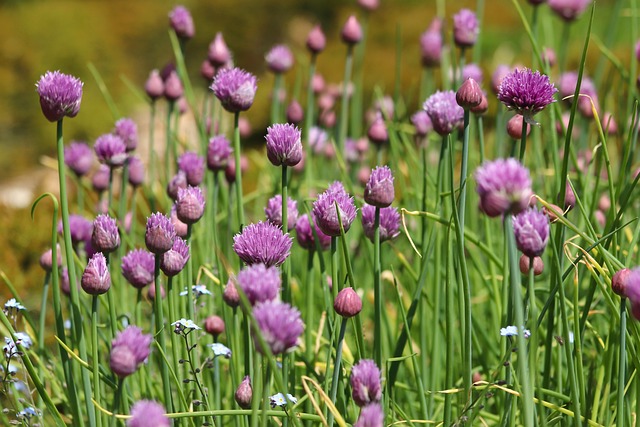
Chives: Chives have a mild, onion-like flavour with a hint of garlic. They’re commonly used as a garnish in salads, soups, and baked potatoes, adding a subtle oniony flavour and vibrant green colour. Chives also pair well with eggs, cheese, and creamy sauces.
For a full list of herbs and there properties head over here
When to add Fresh herbs for cooking
Basil: Basil is prized for its sweet, slightly peppery flavour and fresh aroma. It’s a key ingredient in Italian cuisine, especially in dishes like Caprese salad, pesto sauce, and tomato-based pasta sauces. Basil also pairs well with Mediterranean flavours and is often used in salads, soups, and grilled vegetables.
Thyme: Thyme has a warm, earthy flavour with hints of lemon and mint. It’s a staple herb in French cuisine, where it’s used in dishes like stews, roasted meats, and soups. Thyme also complements poultry, fish, and vegetables, adding depth and complexity to a wide range of dishes.
Rosemary: Rosemary has a robust, pine-like flavour with a hint of citrus. It’s commonly used in Mediterranean cooking, particularly with roasted meats like lamb, chicken, and pork. Rosemary also pairs well with potatoes, bread, and hearty vegetables like carrots and squash.
Parsley: Parsley has a fresh, bright flavour with a hint of bitterness. It’s a versatile herb used in cuisines around the world, adding a pop of colour and flavour to dishes. Flat-leaf parsley is preferred for cooking, while curly parsley is often used as a garnish. Parsley is commonly used in salads, sauces, soups, and as a finishing touch for grilled meats and seafood.
Cilantro (Coriander): Cilantro has a vibrant, citrusy flavour with a hint of spice. It’s a key ingredient in Mexican, Thai, and Indian cuisines, where it’s used in salsas, curries, and marinades. Cilantro adds freshness and brightness to dishes and is often paired with lime, chili, and other bold flavours.
Mint: Mint has a cool, refreshing flavour with hints of citrus and pepper. It’s commonly used in Middle Eastern, Mediterranean, and South Asian cuisines, where it adds a burst of freshness to dishes. Mint is used in salads, teas, cocktails, and desserts, as well as in savoury dishes like lamb and pea soup.
Dill: Dill has a delicate, feathery texture and a mild, grassy flavour with hints of anise and citrus. It’s commonly used in Scandinavian, Russian, and Eastern European cuisines, where it’s used to flavour fish, pickles, salads, and sauces. Dill also pairs well with potatoes, eggs, and creamy dishes.
Oregano: Oregano has a robust, aromatic flavour with hints of citrus and pepper. It’s a staple herb in Mediterranean and Italian cuisines, where it’s used to flavour pizzas, pasta sauces, and grilled meats. Oregano also complements dishes like roasted vegetables, soups, and marinades.
Sage: Sage has a warm, slightly bitter flavour with hints of eucalyptus and citrus. It’s commonly used in Italian, French, and British cuisines, where it’s used to flavour meats, stuffing, and sauces. Sage pairs well with poultry, pork, and creamy dishes like risotto and pasta.
Chives: Chives have a mild, onion-like flavour with a hint of garlic. They’re commonly used as a garnish in salads, soups, and baked potatoes, adding a subtle oniony flavour and vibrant green colour. Chives also pair well with eggs, cheese, and creamy sauces.
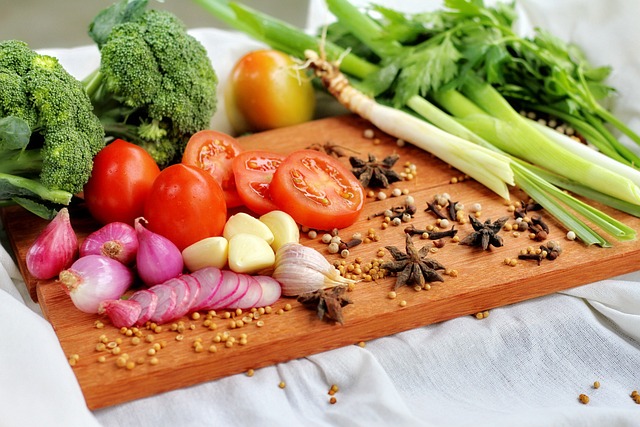
In Conclusion
Incorporating fresh herbs into your cooking not only elevates the flavour of your dishes but also adds depth and complexity to your culinary creations. Understanding when to add these herbs during the cooking process is key to unlocking their full potential.
Whether you’re using basil to infuse a tomato sauce with its aromatic sweetness, thyme to impart earthy notes to a hearty stew, or cilantro to add a refreshing kick to a vibrant salsa, each herb brings its unique flavour profile to the table.
From the robustness of rosemary to the brightness of parsley, and the freshness of mint to the delicate fragrance of dill, experimenting with different herbs allows you to create a symphony of flavours that tantalize the taste buds.
By following the guidelines outlined in this article, you can harness the power of fresh herbs to enhance your cooking and take your dishes from ordinary to extraordinary. So next time you’re in the kitchen, don’t hesitate to reach for a handful of fresh herbs and let their natural essence transform your culinary creations into culinary masterpieces.
Thanks Again Mitch
Leave us a comment please
Follow to stay up to date with new posts!
Our website contains affiliate links. This means if you click and make a purchase, we may receive a small commission. Don’t worry, there’s no extra cost to you. It’s a simple way you can support our mission to bring you quality Gardening Tips.
Last Updated on February 12, 2025 by Mitch
